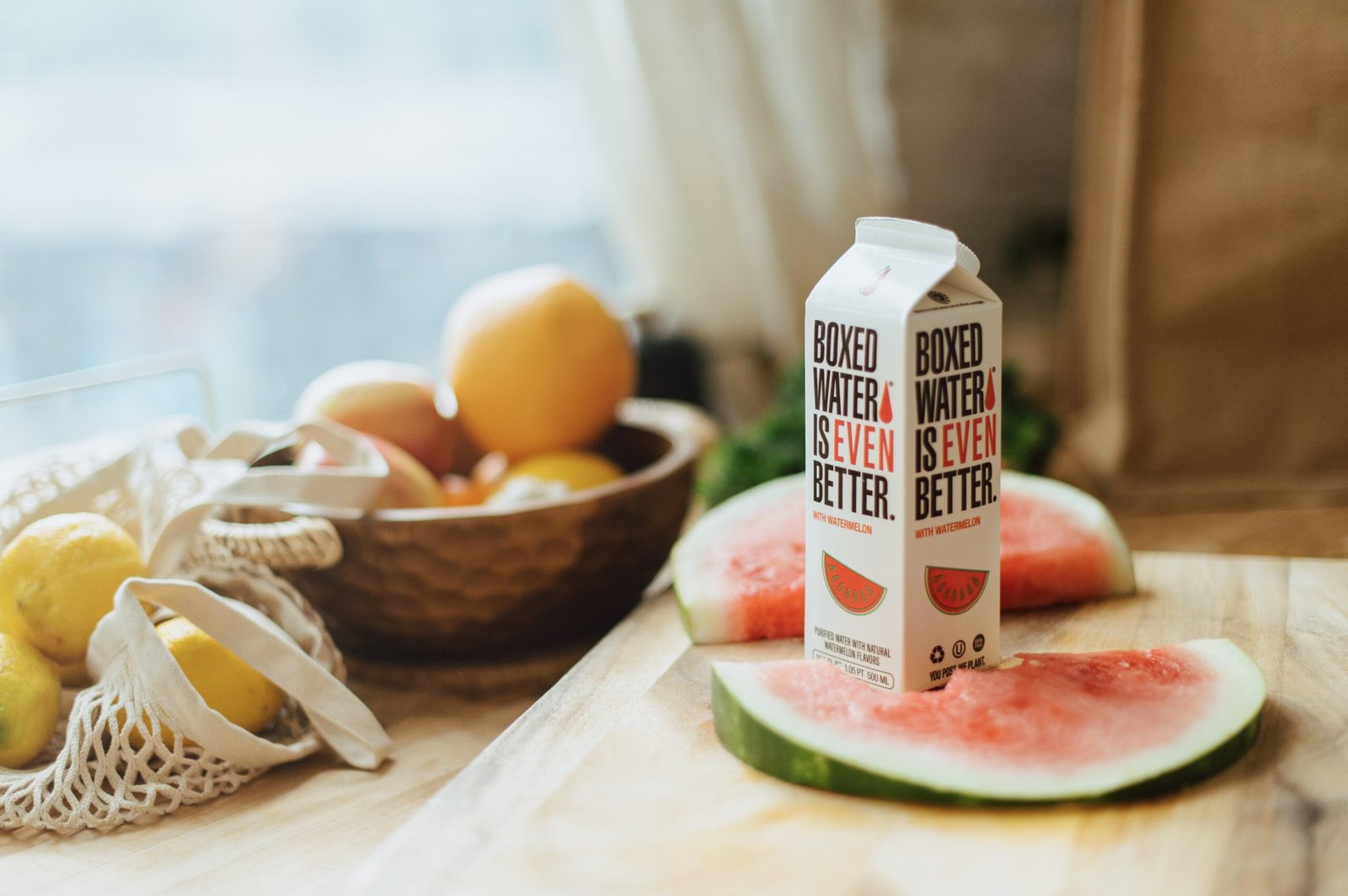Introduction
Watermelon, with its juicy and refreshing taste, is a favorite summer fruit for many. If you have a garden or even a small backyard, growing your own watermelon can be a fun and rewarding experience. In this beginner’s guide, we will walk you through the process of growing watermelon in a hanging hammock.
Why Grow Watermelon in a Hanging Hammock?
Growing watermelon in a hanging hammock has several advantages. Firstly, it saves space, making it ideal for those with limited gardening areas. Secondly, it allows for better air circulation around the fruit, reducing the risk of diseases. Lastly, it keeps the fruit off the ground, preventing rot and pests.
Step 1: Choosing the Right Watermelon Variety
Before you start growing watermelon, it’s important to choose the right variety. Look for compact or dwarf varieties that are suitable for hanging baskets or containers. Some popular choices include ‘Sugar Baby’ and ‘Golden Midget.’
Step 2: Preparing the Hanging Hammock
Start by selecting a sturdy hanging hammock that can support the weight of a watermelon. Make sure it has good drainage holes to prevent waterlogging. Fill the hammock with a well-draining potting mix, enriched with organic compost.
Step 3: Sowing Watermelon Seeds
Once your hanging hammock is ready, it’s time to sow the watermelon seeds. Plant two to three seeds per hammock, about an inch deep into the soil. Water the seeds gently and keep the soil moist throughout the germination period.
Step 4: Caring for Your Watermelon Plants
As your watermelon plants grow, make sure to provide them with adequate sunlight. Water them regularly, keeping the soil evenly moist. Fertilize the plants every two weeks with a balanced organic fertilizer. Monitor the plants for any signs of pests or diseases and take appropriate measures to control them.
Step 5: Supporting the Growing Fruit
As the watermelon fruit starts to develop, it’s important to support it to prevent any stress on the plant. Use soft fabric slings or netting to cradle the fruit gently. This will ensure that the weight of the fruit is evenly distributed and does not damage the plant.
Step 6: Harvesting Your Watermelon
Watermelons are ready for harvest when the tendrils near the fruit turn brown and dry, and the bottom of the fruit develops a creamy yellow color. Use a clean knife or shears to cut the fruit from the vine, leaving a few inches of stem attached.
Conclusion
Growing watermelon in a hanging hammock is a unique and innovative way to enjoy this delicious fruit. With the right variety, proper care, and support, you can successfully grow your own watermelon even in a small space. So, why not give it a try this summer and enjoy the sweet taste of homegrown watermelon?

